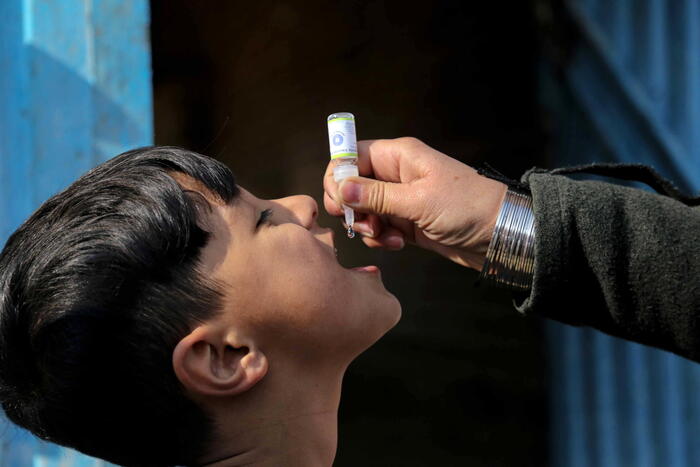There are signs of improvement, but the war against polio in the world has not yet been won and, indeed, new fronts are opening up. For example, the possibility that the virus responsible for the disease will be able to make its way into high-income countries, as has happened in recent months in Israel, the United Kingdom, the United States and Canada. It is one of the reasons why the World Health Organization’s Deputy Committee for Emergencies decided to confirm the polio virus as a Public Health Emergency of International Concern (PHEIC), a status which has been held continuously since 2014.
The fight against polio over the past year has followed two divergent trends. On the one hand, the goal of eradicating the wild poliovirus seems achievable. After the type 2 and 3 strains were eradicated in 2015 and 2019, at the moment only the type 1 variant is still in circulation. The only two countries where it is endemic are Afghanistan and Pakistan, where 22 and 20 infections were recorded respectively last year. “Transmission in the two endemic countries is now very low and geographically limited”, explains WHO. In the last year, the wild virus has also been detected in Mozambique (4 episodes); however, these were cases imported from Pakistan. For this reason, “the next six months will be a fundamental opportunity to definitively interrupt the endemic transmission”, continues the WHO.
The case of vaccine-derived forms of virus is different, the spread of which is linked to low vaccination coverage. “Despite the continued decline in the number of vaccine-derived poliovirus type 2 cases and the number of circulating lineages, the risk of international spread remains high,” WHO said. Particularly worrying is the situation in Africa: high transmission is documented in the Democratic Republic of the Congo; from here the virus spreads to neighboring countries. “Much of the risk of vaccine-derived poliovirus outbreaks may be linked to a combination of inaccessibility, insecurity, a high concentration of zero-dose children and population displacement,” WHO adds.
Furthermore, a new phenomenon has emerged in the last year: the ability of the virus to reach high-income countries, where it can encounter susceptible pockets in the population: this phenomenon has been observed in Jerusalem, London, New York, Montreal and “underlines the importance of careful polio surveillance, also of an environmental nature”, concludes the WHO.
breaking latest news © Copyright ANSA

